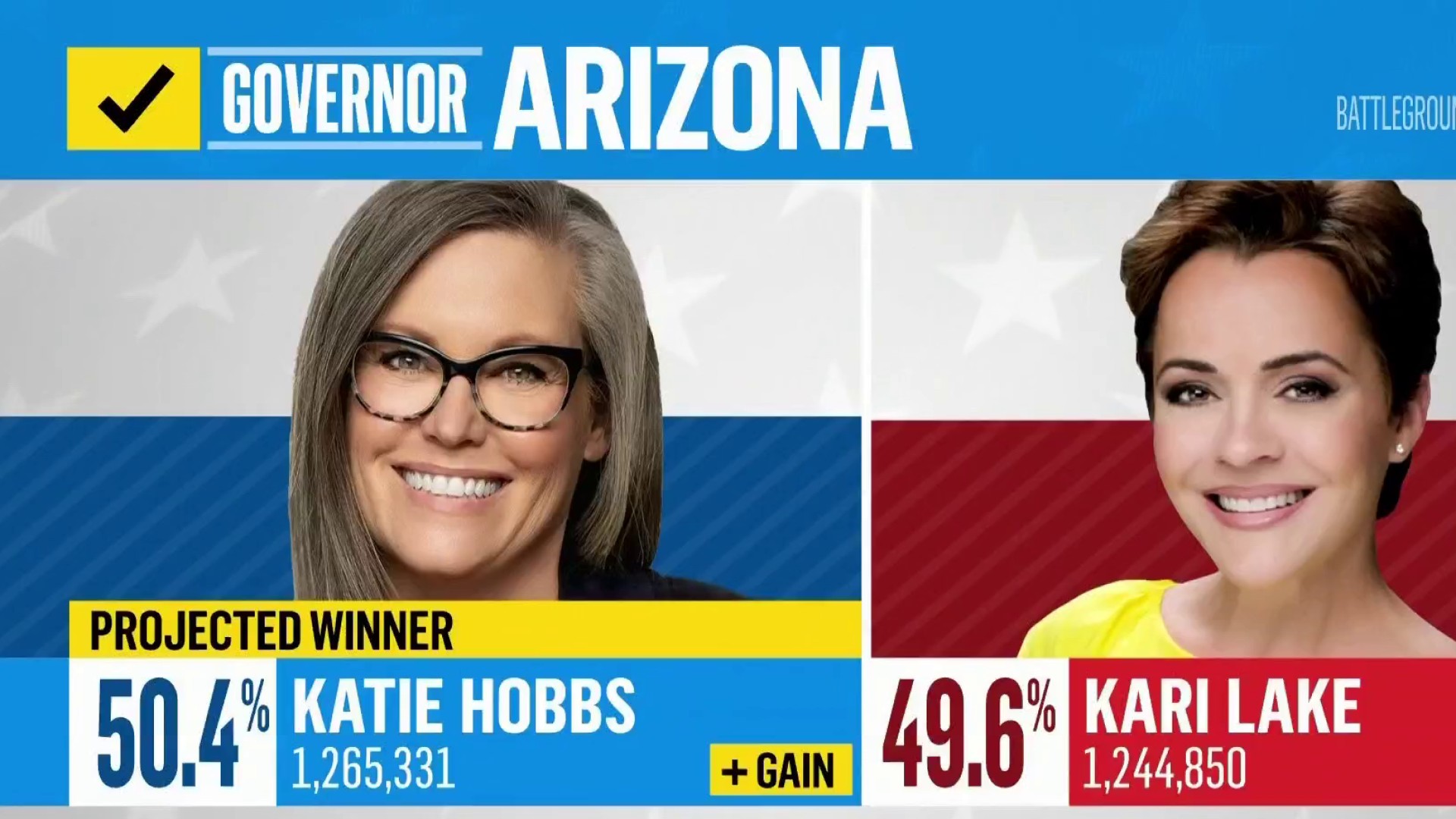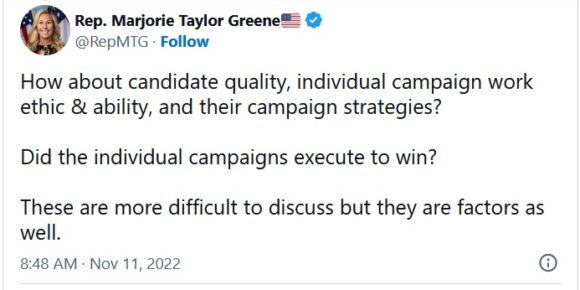
Dear Commons Community,
Here is a retrospective that appeared in The Chronicle of Higher Education in April 2019 and was reprinted this morning.
A Chronicle of Higher Education analysis of federal data shows that, in the last five years, about half a million students have been displaced by college closures, which together shuttered more than 1,200 campuses.
That’s an average of 20 campus closures per month. Many of those affected are working adults living paycheck to paycheck, who carried hopes that college would be their path to the middle class.
Most are age 25 or older. About one in four are at least 35 years old.
“ONE class left,” Lisa La More wrote on Facebook last month, after the for-profit college she attended, the Art Institute of California’s San Diego campus, shut down. “Less than 3 weeks from my BS in Graphics and Web. 6 years of my life WASTED. I am 48 years old, with teenage kids. What am I supposed to do now?”
College closures don’t just disproportionately hurt older students. They have severely hit low-income students, too: Nearly 70 percent of undergraduates at closed campuses received need-based Pell Grants. Black and Hispanic students also bear the brunt. About 57 percent of displaced students are racial minorities.
Most of the closures have one thing in common: It was a for-profit college that shut down. Among the more than 1,230 campuses that closed, 88 percent were operated by for-profit colleges. For-profit colleges represent only about one-tenth of U.S. college enrollment, but they account for nearly 85 percent of students displaced by closures in the last five years, according to The Chronicle’s analysis. That adds up to roughly 450,000 displaced for-profit college students.
In the last six months, the for-profit college implosions have included Vatterott College, which boasted 15 campuses across the Midwest; Alabama-based Education Corporation of America, which once had 70 campuses nationwide; and Dream Center Education Holdings, which shut down 41 for-profit campuses operating as either the Art Institutes or Argosy University.
Not every displaced student drops out of school entirely. Some colleges might shutter a campus but allow students to continue their education through online courses. But in those instances, the students are not receiving the program they signed up for, on the terms that they wanted.
When a college fully goes out of business, there is no easy fix for the people caught in the crossfire. Closures can be both traumatic and financially ruinous for students — many of whom are single parents like La More. La More told The Chronicle that she had completed most of her final class, which required students to put together a full-scale rebranding campaign for a make-believe client. The project was an opportunity for students to demonstrate the skills they had accumulated through years of study.
La More completed every part of the branding campaign except one: a budget for how much to spend on billboards and business cards. The San Diego campus closed before she could complete the budget plan. There were two and a half weeks left in the academic term.
Some Art Institute professors scrambled to issue grades to students for the mostly-completed term. But La More’s instructor did not, she said. In the chaotic moments just before a college closes, its actions are unpredictable, and largely unaccountable.
And so La More won’t graduate.
“I don’t know how they can do this to people,” she said.
Kendrick Harrison, a disabled Army veteran who fought in Iraq, remembers how the recruiter at the for-profit Argosy University encouraged him to quit his job so he could focus on his studies. Veterans are heavily recruited by many for-profit colleges, and they, too, are disproportionately hurt by closures. About 22,000 GI Bill recipients were enrolled at for-profits when the colleges shut down between 2014 and 2018.
Harrison did quit his job as a youth basketball coach and enrolled in Argosy’s online business-degree program. The financial aid he received through the GI Bill was more than enough to cover tuition. He could use the leftover money, which students receive as a stipend check, to cover household bills.
Harrison relied on those quarterly checks. But when Argosy University recently ran into financial problems, the college illegally kept the stipend money that belonged to students — nearly $13 million — and spent it on payroll and other overhead expenses, according to the U.S. Department of Education.
Argosy closed its doors last month, when its parent company, a Christian nonprofit named Dream Center Education Holdings, went under. Also closing were four Art Institute campuses operated by Dream Center. In total, 20 Dream Center campuses went dark, displacing more than 10,000 students.
When Argosy University, a for-profit college system, suddenly closed in March, Kendrick Harrison didn’t just lose his foothold in higher education. He and his family lost their home.
What will become of the stipend money? That will be determined in the courts.
The Education Department has posted on its website that federal regulations prevent the agency from solving the issue by steering additional financial-aid funds to Argosy to distribute, or providing the money directly to students. Instead, the federal government is deferried to Mark Dottore, the court-appointed receiver who is managing what remains of Dream Center’s assets as the company winds down.
What a sad situation for the students who fell victim to the greed of their for-profit colleges.
Tony











